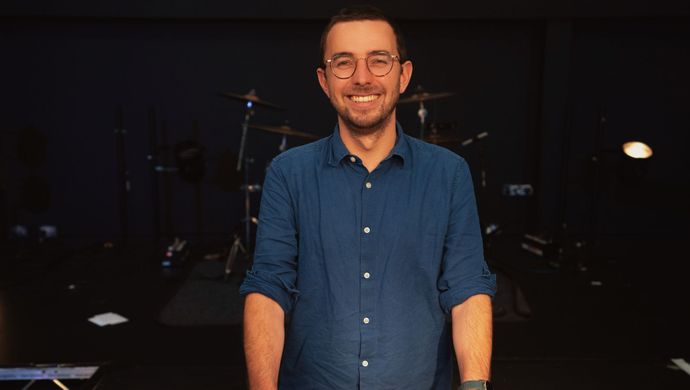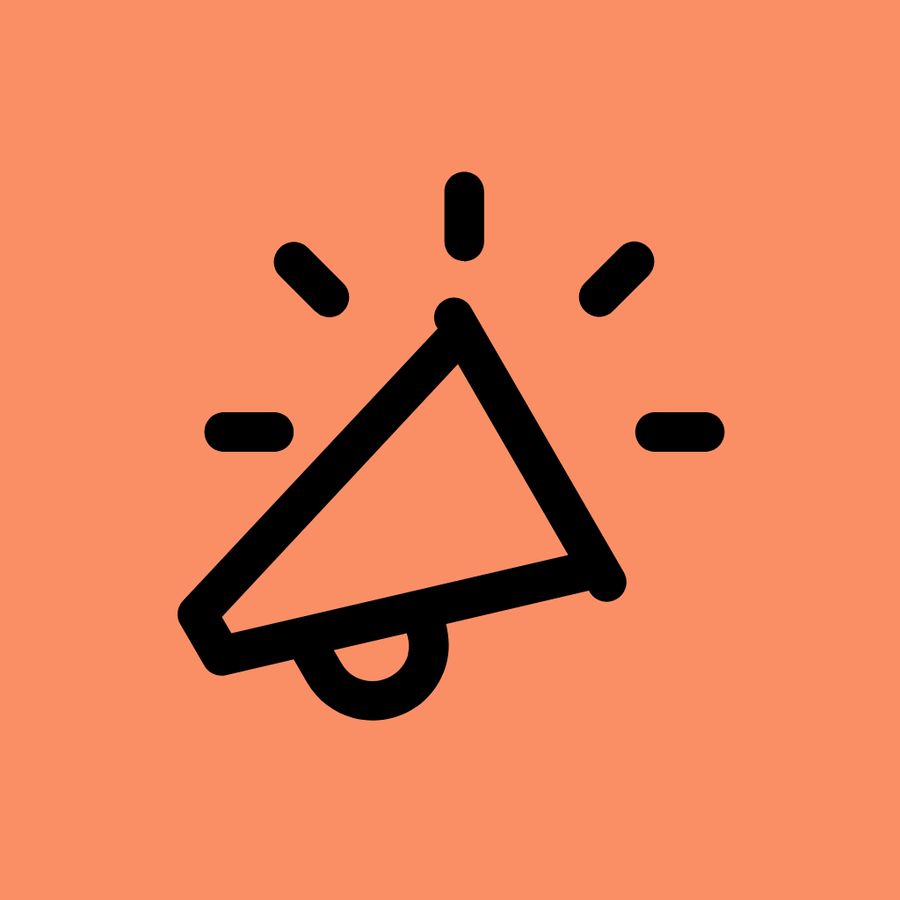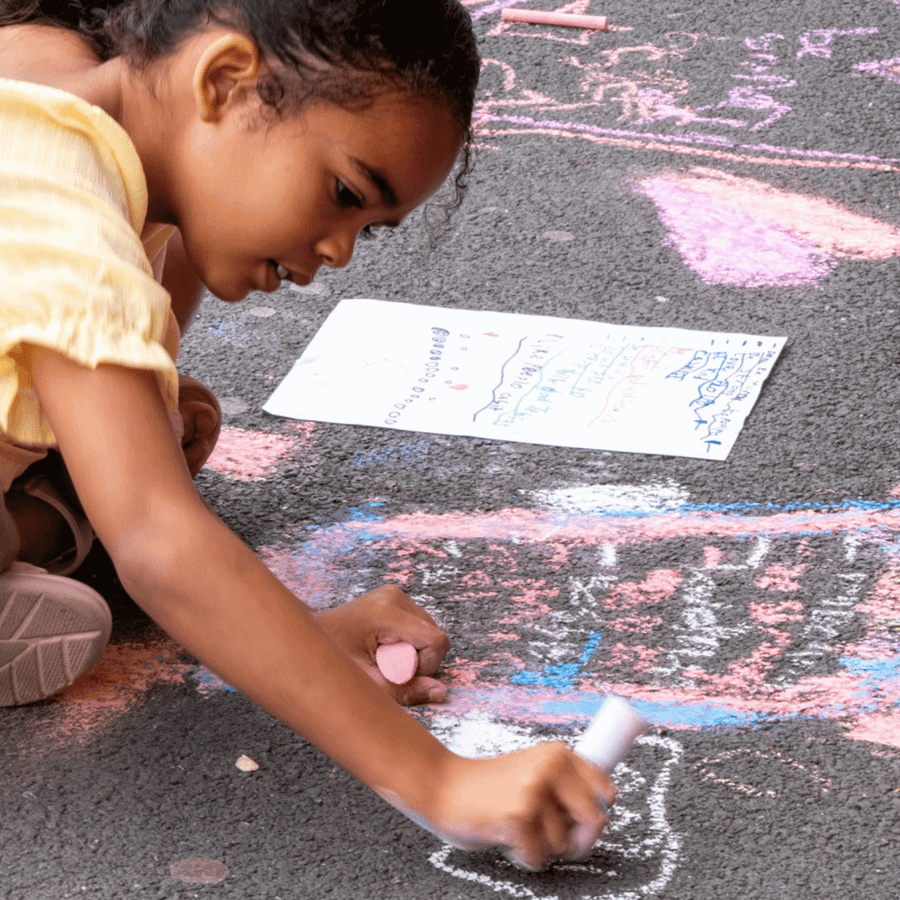
Creativity according to Psychologists
How academia defines a blurry concept
Friday 19 September 2025
He is researching the impact Teaching Artists can have when working with children and young people, using the lens of psychology to consider how they create the pedagogical circumstances within which young people develop character and qualities such as curiosity, creativity, identity and belonging.
As Saul moves through his doctorate, he has kindly agreed to share insights from his research with us in the form of a series of short blogs, musings and provocations. In this, his second blog, he turns an enquiring eye on the notion of creativity.
What is creativity?
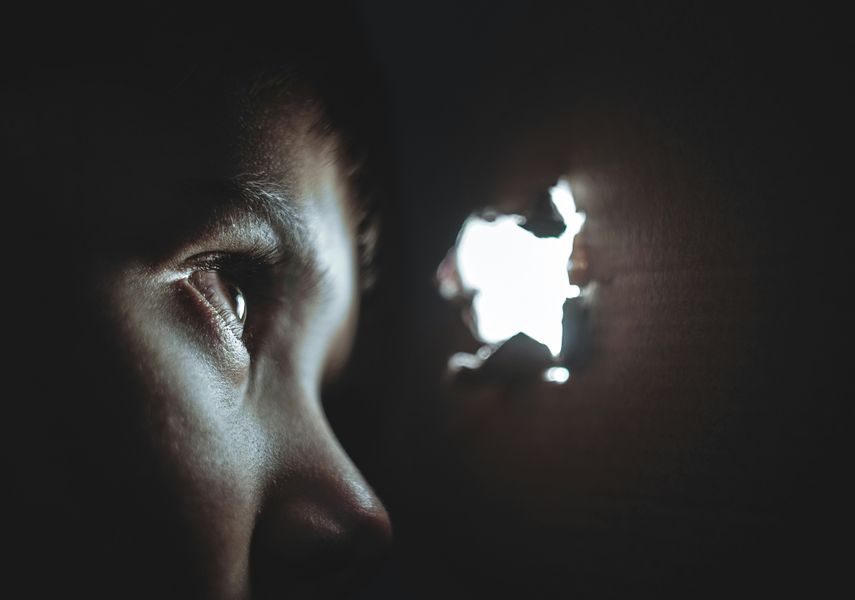
Is it a way of thinking? Coming up with new ideas, thinking 'outside the box', using your imagination, challenging norms and expectations?
Or is it something you do? Painting, writing poetry, composing music?
Or is it something you can be? Are some people - like professional artists - more creative than others? What about inventors, scientists, or an accountant who comes up with a new way to crunch those numbers in a really effective way (is that what accountants do? I've never been sure…)?
Can creativity be learned? Is it genetic? Does it get better with practice? Can we lose it? Are children better at it than adults?
Is it something machines can do?
So many questions… You'll be pleased to know that in a future blog I'll write about curiosity too!
Creativity has perhaps never been more valued globally.
In a survey of 803 international businesses conducted by the World Economic Forum for their Future of Jobs report (2023), creative thinking was the skill most companies said was growing in importance. It was the second most important skill for workers currently - behind analytical thinking (which, I would argue, is also a skill creative education supports to develop).
So why is it that we find creative subjects are being devalued in schools? Compared to 2010, 42% fewer students took arts-based GCSEs in UK schools in 2024. This trend is most acute in areas with the highest levels of deprivation (for information about these important statistics and more see the Cultural Learning Alliance's Report Cards from 2024 and 2025). It is also true in higher education, with many universities still reeling from 50% cuts to funding for arts subjects in 2021.
-
42% fewer students took arts subjects at GCSE in 2024 than in 2010
-
Many universities saw 50% cuts to arts subject funding in 2021
Psychologists are pretty sure they know what creativity is, and how to define and measure it.
My PhD research, which I began a year ago in September 2024, seeks to investigate whether artist-led education in schools has an effect on pupil creativity. The research I am doing uses psychological tools to explore and measure creativity and other possible outcomes, but I began it with no background in psychology. Having spent a decade working with artists on cultural education projects, who mostly have a broad and blurry conception of creativity, I was somewhat surprised to discover this!
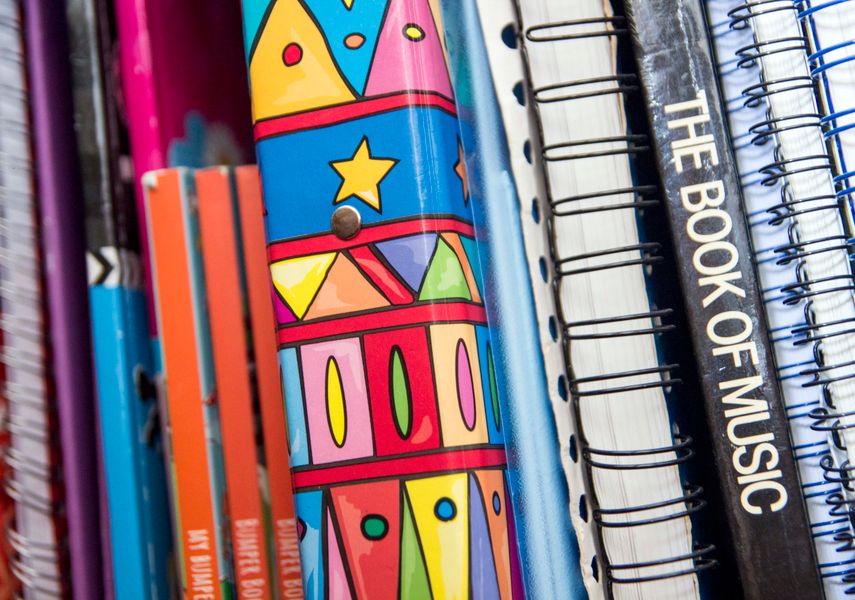
I thought it might be useful to share some of the established ideas about creativity that come from psychology. In a future post I'll also outline some of the main techniques used to measure creativity.
Widespread psychological research into creativity is generally considered to have been sparked by a speech made by J.P. Guilford to commence his presidency of the American Psychological Association in 1950. Apparently, this call to action took some people by surprise: While creativity had been the subject of occasional research before then, it wasn't considered a serious topic that required urgent investigation. Where creativity had been investigated before by psychologists, this was generally as a conflation or aspect of intelligence or IQ. One of the important things Guilford argued for, which still influences much creativity research today, is that creativity goes beyond intelligence.
Guilford was successful in encouraging widespread interest in creativity. Much early research, though, focused on creativity as an aspect of 'gifted' children or creative genius.
Categories of creativity
An important distinction between different categories of creativity was proposed by researchers Kaufman and Beghetto (2009). They distinguish between four types of creativity:
- "Big C" creativity, or creative genius, when talking about people whose creative actions have changed the world in some way, whether through invention, theory or art. Think Einstein, Leonardo da Vinci, Marie Curie, Ada Lovelace…
- "Pro C" creativity, referring to people for whom creativity is a core aspect of what they do: Artists, inventors, scientists, etc.
- "little c" or "small c" creativity, which is the everyday creativity we are all capable of and do to varying degrees of competence, such as painting as a hobby, solving a problem with an innovative solution or… writing a blog!
- "mini c" creativity, or the creativity children do, which can be messy, experimental, impulsive, and, arguably, innate.
There is no strict hierarchy to these types of creativity and all are worthy of investigation. In fact, much research currently seems more interested in small or mini c creativity rather than the creative genius that was the focus of research in the past.
Parts of creativity
Another theory that emerged from increased psychological interest in creativity is Mel Rhodes' "4P" framework, which outlines four handily alliterative parts of creativity:
- Personality, or people who are notably creative
- Process, or what happens when someone is doing something creative
- Product, or the thing which is created, and how creative it is
- Press, or the environment in which something is created, and whether that influences the creative process or the creativity of the end product
These four areas still underpin the majority of creativity research, either focusing on one of these areas, or a combination.
What is (and is not) creative?
Finally, I come to the established and widely accepted psychological definition of creativity. Creativity specialists Mark Runco and Garrett Jaeger (2012) are often credited with this definition, although their article is actually more about collating definitions that have existed for over a century. They argue that creativity always requires two elements:
- Originality, or novelty; and
- Usefulness, or effectiveness.
So, a work of art is creative in that it achieves something new while being an effective representation within a specific domain. For example, a painting could only have been made by the specific painter who created it, but clearly exists as a painting that could be exhibited or sold.
By contrast, accidentally dropping a can of paint on the floor might lead to an original pattern on your floor, but this would not be effective or useful and would therefore not be deemed creative (unless your intention was to create a more avant garde work of art, in which case it would be effective!). Similarly, decorating your bathroom wall by painting it a new colour is useful, but not original.
Personally, I find this definition both useful and frustrating. While it offers some clarity, which is clearly useful when conducting research into a particular area, it also feels like it lacks something about what I think is important about creativity, especially related to "small c" or "mini c" creativity.
Following an existing pattern to knit a jumper, making up a song that you forget five minutes later, a child scribbling on a page (or wall) - would these be defined as creative using this definition?
There have been attempts to expand or counter this definition by adding elements like surprise (Simonton, 2012) or by focusing more on the creative process or experience (e.g. Glǎveanu & Beghetto, 2021) but, to me, there still always seems to be something fluttering in the peripheries, not quite captured by a single definition.
there still always seems to be something fluttering in the peripheries, not quite captured by a single definition
What do you think?
Hopefully this has been helpful and/or interesting to you, whether you are someone who is creative, or is interested in creativity. In a future blog post I'll write about how psychologists have measured creativity (spoiler alert, also an area that feels both useful and frustrating!) and how this all related to my research.
Di Battista, A., Grayling, S., Hasselaar, E., Leopold, T., Li, R., Rayner, M., & Zahidi, S. (2023, November). Future of jobs report 2023. In World Economic Forum, Geneva, Switzerland. https://www.weforum.org/reports/the-future-of-jobs-report-2023
Glăveanu, V. P., & Beghetto, R. A. (2021). Creative experience: A non-standard definition of creativity. Creativity Research Journal, 33(2), 75-80.
Guilford, J. P. (1950). Creativity. American Psychologist, 5(9), 444–454. https://doi.org/10.1037/h0063487
Kaufman, J. C., & Beghetto, R. A. (2009). Beyond big and little: The four c model of creativity. Review of general psychology, 13(1), 1-12.
Rhodes, M. (1961). An analysis of creativity. The Phi delta kappan, 42(7), 305-310.
Runco, M. A., & Jaeger, G. J. (2012). The standard definition of creativity. Creativity research journal, 24(1), 92-96. https://doi.org/10.1080/10400419.2012.650092
Simonton, D. K. (2012). Taking the US Patent Office criteria seriously: A quantitative three-criterion creativity definition and its implications. Creativity research journal, 24(2-3), 97-106.


